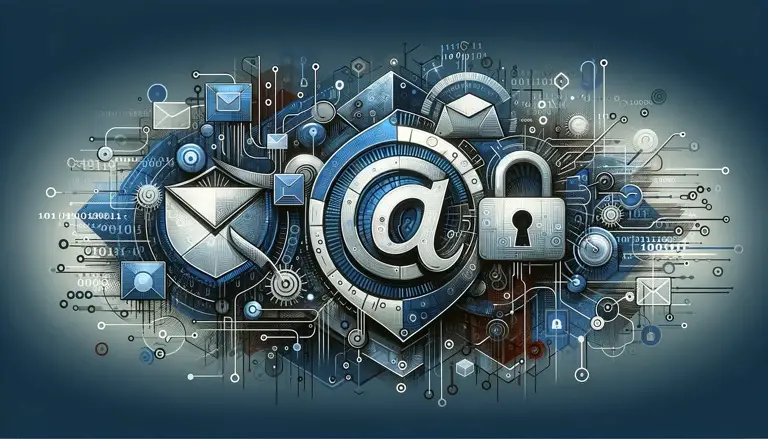Email Changes from Google and Yahoo: Get Setup for Success
As Google and Yahoo tighten their email policies to curb unsolicited and harmful emails, businesses must adapt swiftly to stay compliant and maintain effective communication channels. The crux of this change hinges on authenticating your domain and email configurations, a technical yet crucial process. Here’s a step-by-step guide to ensure your business emails continue to reach their intended recipients without interruption.
DO NOT IGNORE THIS: IT CAN NEGATIVELY AND SIGNIFICANTLY IMPACT YOUR NEWSLETTER AND EMAIL DELIVERABILITY!!
1. Understanding Email Authentication: The Why and How
Before diving into the technicalities, it’s essential to grasp why this change is vital. Email authentication helps verify that an email is from the claimed domain, significantly reducing the chances of phishing and spam. This process involves setting up protocols like SPF (Sender Policy Framework), DKIM (DomainKeys Identified Mail), and DMARC (Domain-based Message Authentication, Reporting & Conformance). Google and Yahoo have taken these important steps to protect their users from SPAM, Phishing, and online scams. It is actually a good time for everyone.
2. DNS Access, First Things First
In order to implement these changes, you will need to have access to your DNS records. What are records?
2. Setting Up SPF Records
SPF allows email receivers to check if the incoming mail from a domain comes from a host authorized by that domain’s administrators. To set this up, you need to add an SPF record to your DNS settings. This record lists the mail servers permitted to send emails on behalf of your domain.
3. Implementing DKIM
DKIM adds an encrypted signature to your email headers. This signature is a unique string of characters created by a private encryption key. It’s verified against a public key in your DNS records, ensuring that the email content remains unchanged from its source to its destination.
4. Establishing DMARC Policies
DMARC is a policy framework that uses SPF and DKIM to determine the authenticity of an email message. It allows domain owners to indicate that their emails are protected by SPF and/or DKIM and tells the receiving mail servers what to do if neither of those authentication methods passes – such as rejecting the message or marking it as spam.
How to check if you have a DMARC policy setup
There are a few sites where you can quickly check your DMARC status MX Toolbox can help, click here to test your domain. Just enter your domain and find your results.
You can also see if you have a DNS record published, use their DNS LookUp Tool.
5. Regular Monitoring and Adjustments
Once you’ve set up these records, it’s not a ‘set-and-forget’ scenario. Regular monitoring of your email deliverability and reviewing DMARC reports is crucial. These reports can help you identify and rectify any issues, ensuring ongoing compliance and optimal email performance.
6. Consulting Experts if Needed
If this seems daunting, especially for businesses without a dedicated IT team, consider consulting with a cybersecurity expert or a managed IT service provider. They can handle these technical aspects, letting you focus on your core business activities. At Great Things LLC, we do not offer these IT support services. We suggest talking to your Domain host or local IT Support. We are happy to support you with education and training on what to ask. More importantly, we want to make sure you are aware that action needs to be taken.
Constant Contact is the preeminent Newsletter service They are taking a big step forward in supporting their clients. If you do nothing, they will apply a workaround to send email from their servers and authentication services. If you are not using Constant Contact, now by be the time to change. Check out the special offer for Constant Contact with our Business Partner Relationship.
7. Educating Yourself
Finally, educate yourself and your team, especially those involved in email marketing or operations, about these changes. Understanding the importance of these protocols can foster a culture of compliance and vigilance against email-related threats.
In conclusion, while setting up email authentication protocols like SPF, DKIM, and DMARC might seem technical, they are essential in today’s digital landscape where email communication is fundamental. By taking these steps, you not only comply with the latest requirements from giants like Google and Yahoo but also protect your business and its reputation. Stay ahead in the game by being compliant and secure!


